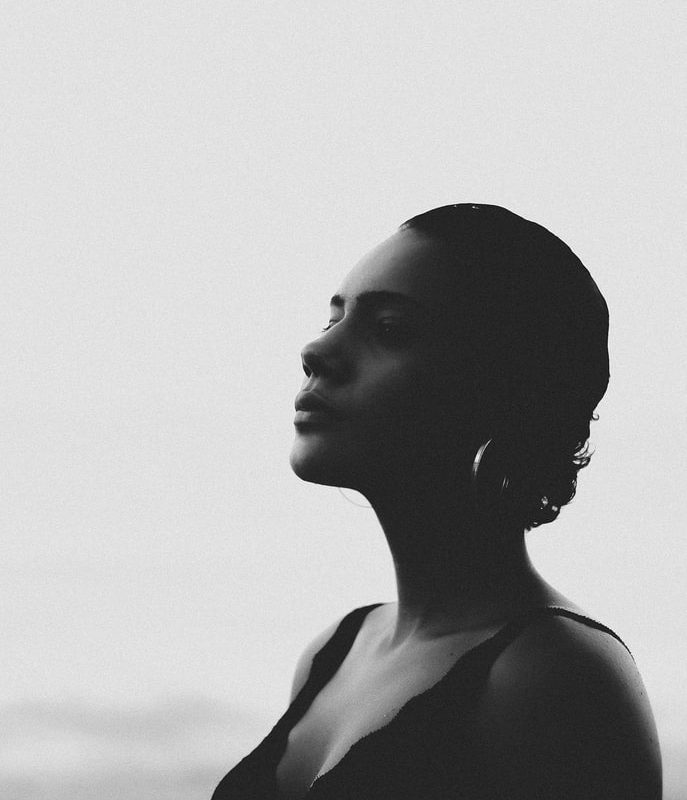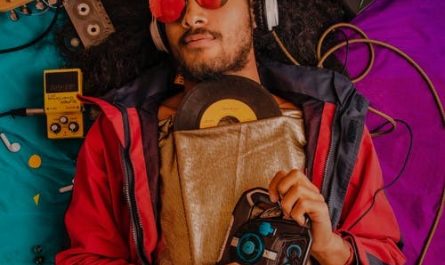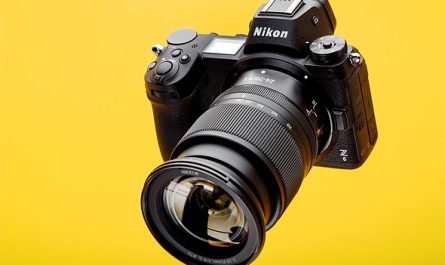Black and white photography is the art of creating exciting photos by combining distinct shades of grey, ranging from light to dark. Colour has a considerable impact. It tends to take over images, making it difficult for beginners to see other essential components such as contrast, texture, shape, form, and light quality. Experienced photographers, whether working in colour or Black & white, instantly see these things.
However, if you are just getting started, you might need some guidance. Colour has been stripped away in Black and white, allowing you to focus on the essential features.
This article will view the aspects of Black & White Photography, also known as Monochromatic Photography, concerning Fashion Photography.

Black & White Photography
Whatever you see around yourself does not consist of Black &White colours only. The beautiful world is filled with lots of colours, and therefore it is not that easy to bring out the beauty in Black & white. It needs a lot of passion, patience, and practice. Once you get the vibes of Black & White photography, you will be dragged to explore an entirely new universe.
Note: Black & White Photography is sometimes called Monochromatic photography, but we should know that they are not identical. Monochrome means- single colour. It can be achieved through Black & white photography or any other single colour.
Let us see how to get ready as a Black & White Photographer.
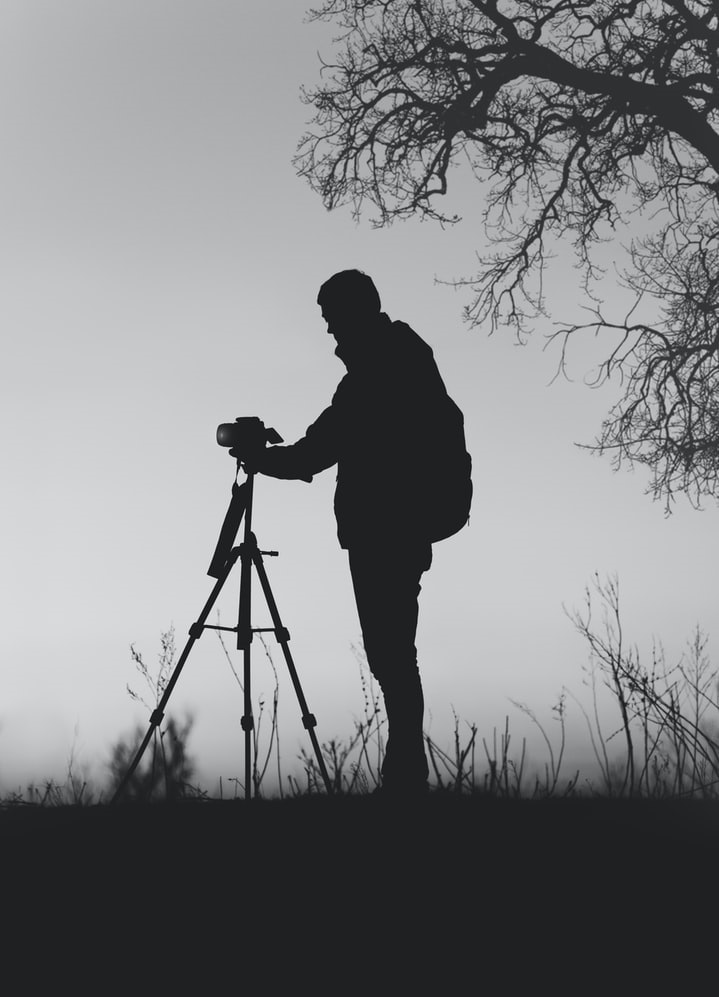
Equipment for Black & White Photographer
In general, you should use the camera you already have while taking black-and-white photos; it will function just as well for monochromatic images as it will for colour ones.
However, there are a few camera equipment requirements for black and white fashion photography. First, it is worth noting that specific cameras only take monochromatic pictures. They are usually quite pricey and high-end.
Monochrome cameras provide clearer and cleaner black-and-white photos than colour cameras; thus, there are some advantages. On the other hand, a standard colour camera is obvious for most individuals.
Quality is the Key
RAW files now include more data and have higher image quality, but JPEG files are smaller and contain fewer data. For obvious reasons, fashion Photographers seeking high-quality photographs prefer to shoot in RAW format.
You may come across some information on filters while learning about camera equipment for black and white fashion photography. If you are shooting with a black and white film or a monochrome-only digital camera, using filters on the front of your lens to change the contrast and tones in your photographs is essential for black and white fashion photography.
The Model and the Makeup
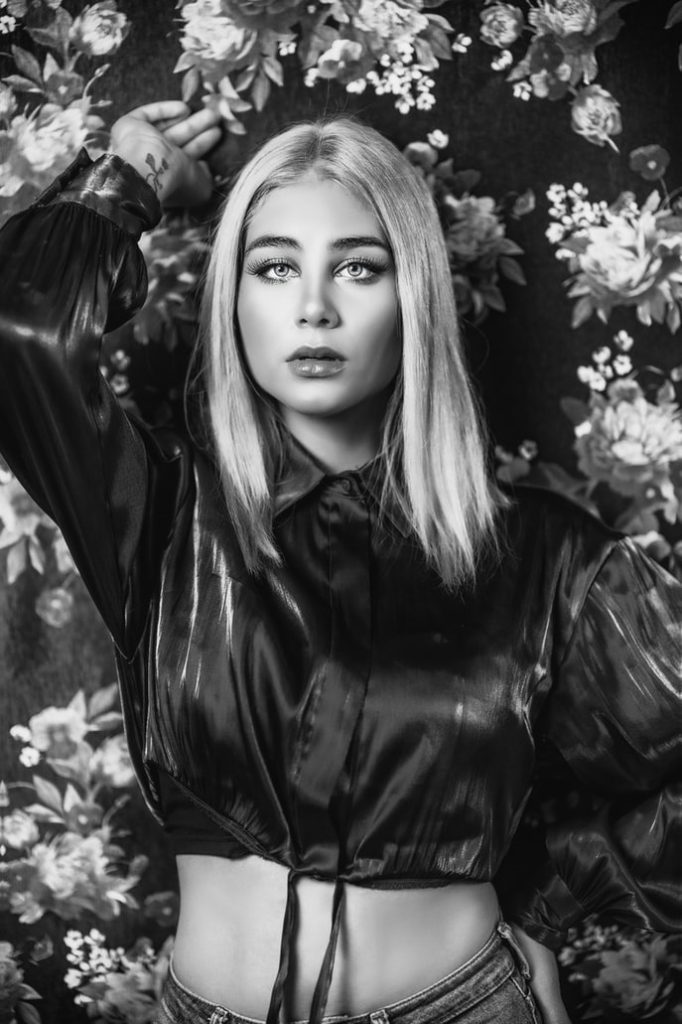
While most fashion photography focuses on making the model appear as nice as possible, black and white photography can enhance your model’s mood and emotion when done correctly.
Language of the Eyes: Models with a distinct presence or expression and those who know how to portray emotion in their eyes will shine in black and white.
Makeup: Black and white photography requires different makeup than colour photography. It should be applied much thicker than for a colour shoot, and the colour options should be limited to those that emphasize contrast: blacks, whites, and greys. It may be difficult to distinguish what colours are being used from the mood board, and if your makeup artist (or model) is unskilled, they may require additional time to get it correctly.
Makeup vs Lighting: Also, because different types of make-up react differently to varying types of lighting, there should be enough time to test and change the makeup before the shoot. When shooting in Black and white, you must capture the essence of your subject, including its colours and other qualities, using only bright and dark hues.
Elements of Black and White
Impact of the shadows
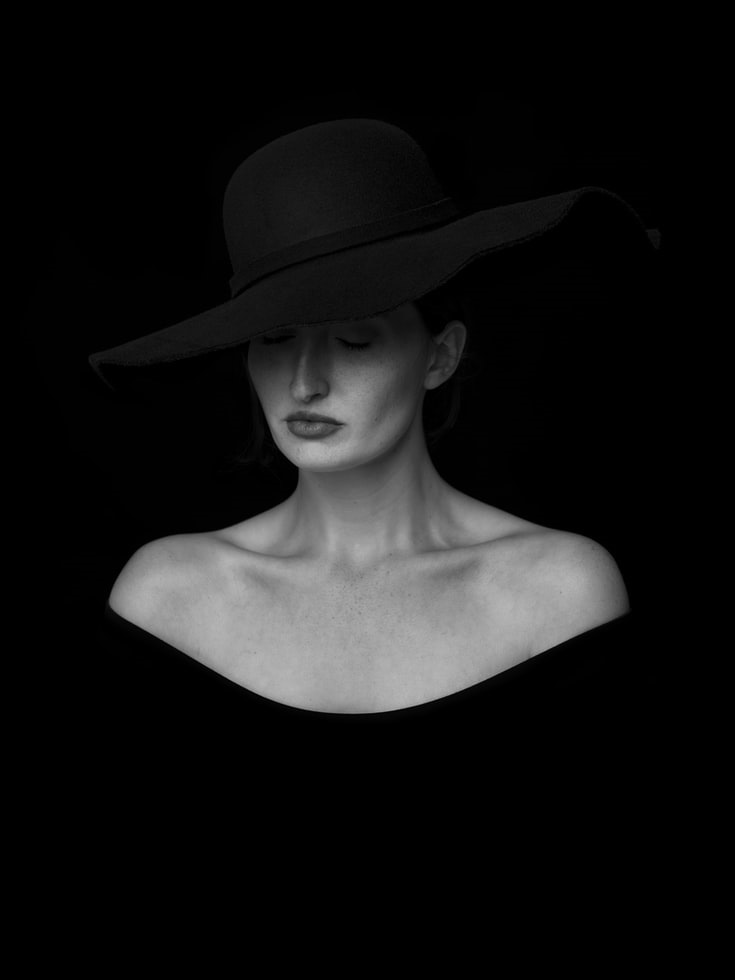
When shooting black and white, one of the first things to realize is that shadows have a significant impact. They’re no longer just darker areas of a shot; they’re essential compositional components and, in some cases, your subject in black and white photography; how you handle shadows impacts every other element in the image. Many people believe that contrast is the difference between a photograph’s brightest and darkest areas.
Contrast
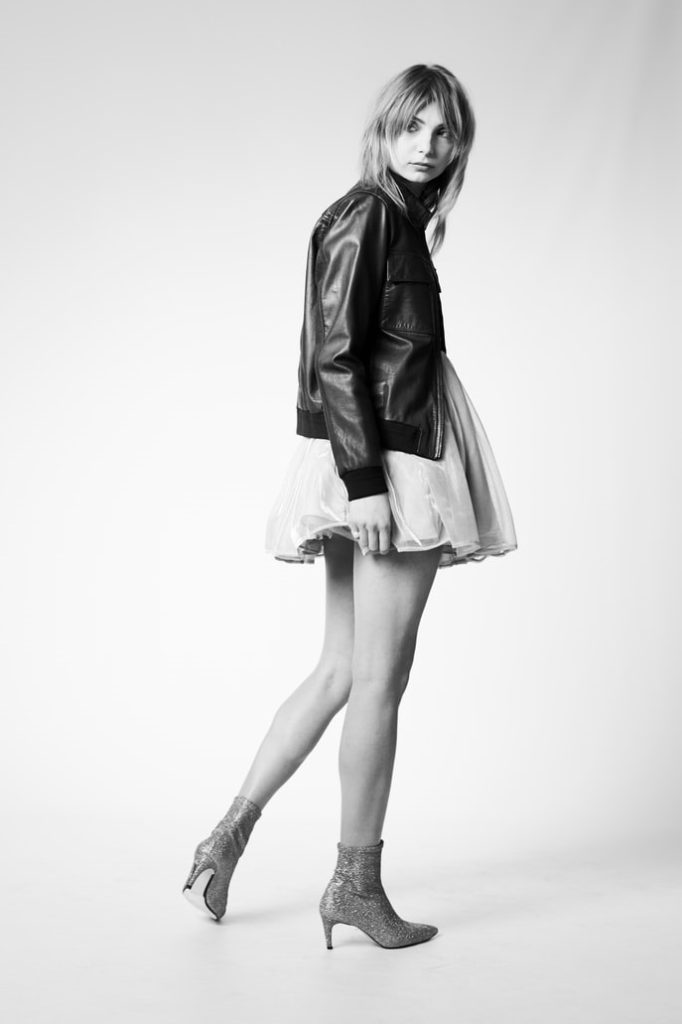
Contrast is essential in black and white photography because it conveys a statement. High contrast images provide a sense of dynamic energy – frequently due to the black shadows. Therefore, monochrome photographs benefit from the addition of contrast. It makes the graphics more noticeable. Low contrast photographs may not draw as much attention, but their softer, muted appearance can be just as effective.
Tones
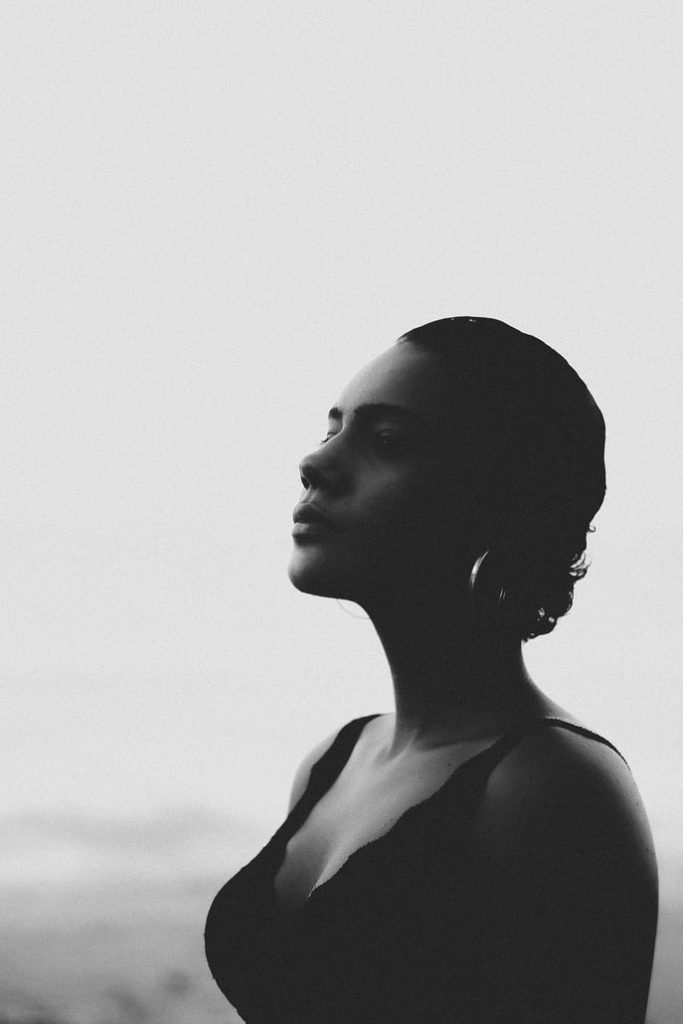
The term “tone” isn’t used in the same way by all photographers. In this context, it refers to the image’s underlying brightness, darkness, and shades of grey.
Every Black and white photography in fashion is built on the foundation of tones. You have probably seen examples of extreme tones if you have ever heard the terms “high-key” or “low-key” in photography. Even though most images are not exceptionally bright or dark, they are somewhere in the middle – tones are still essential to consider while taking a picture. That is because, like contrast, tones may convey a strong message about the mood of your photograph. The tones in your shot, whether dark or bright, should complement the subject’s personality.
Use them purposefully to tell the tale you want to tell. There is no colour in black and white photography to make an image more familiar or abstract if that is your intention.
It is essential to bring out the “The Fashion” in Black & White Photography.
Choose clothing and accessories that stand out due to their cut, form, and texture. Colour-wise, it’s best to wear a black or white dress and accessories, but if you know what kind of colour filter you will be using in the post, you can use colour to your advantage.
If you have never done it before, consider doing some practice shoots with only things, experimenting with different colours, and applying different filters in the post. You could be pleasantly surprised by the outcome. This holds for cosmetics as well.
Shapes: Shapes are very significant because they are one of the first things a viewer notices when looking at a photograph. It will form the “overall picture” of an image, whereas texture fills in the details. And, like all other aspects of black and white photography, the surfaces you capture can influence the mood and emotions. The texture is the cornerstone of an image’s personality, from smooth skin to whole body and sleek backgrounds to light colours.
Composition and Lighting
The lighting for black and white fashion photography does not have to be any different than it is for colour photography but pay attention to where the shadows fall, the quality of the drop-down, and how the tones blend.
In black and white, all of these will be much more pronounced than in colour. It’s acceptable to start with your standard lighting setup and work your way up from there. A simple two-light setup using a decent beauty dish with a silver reflector and a strip light for a fill is indeed a perfect place to start if you’ve never shot in-studio fashion before.
Emotion is also the most crucial aspect of photography. Therefore, it’s the ideal approach to round up our list.
Locations for Black & White Photography

- Simple: Since there is no other colour involved except Black and white, so should not choose a busy background for your model or subject. Choose a location that is simple with minimal colours.
- Landscapes: You can look for geometric lines, high buildings, interesting constructions, a rocky shoreline, etc., if you are shooting outdoor. Busy streets with too many people in the frame can create a mess in the Black & White photograph.
- Time: Do not opt for sunrise or sunset hours as the beauty of sunrise and sunset lies in the colour they impose on the earth, but in Black and white photography, we cannot show the beautiful saffron colour of nature distinctly. Thus, you can choose natural daylight or moonlight.
- For Fashion Portraits: Portrait photography provides a unique opportunity to capture the subtlety of a simple subject. A simple background, such as a gently rough-textured wall or a drop textile draped in a makeshift studio, can allow the person or pet requesting your photograph to stand out. Look for the gleam of sunlight on your subject’s hair or the shadows cast by their movement. You’ll be able to persuade your black-and-white portrait subjects to strike a pose or seek stillness.
All the aspects we have talked about so far are significant because they are emotional tools that help you define the atmosphere and message of your black and white images. The image is well-structured and well-organized. It’s not simply a picture. To put it another way, it’s well-balanced.
Developing a solid concept, thinking in black and white both before and during the shoot, and ensuring that your model, wardrobe, and lighting are all set up for Black and white can go a long way toward ensuring that you get terrific Black and white photographs in fashion. In addition, the preparation will ensure that your images are set up for a simple conversion process (especially if you already have an idea of the colour filters you intend to use). Finally, combining all these factors will put you well on your approach to a successful shot for fashion photography.
Inspiration and Ideas
Practice is also the best method to enhance your talents, both in the field and in post-production. Soon, you’ll be seeing the world in monochrome and imagining how the scene in front of you would appear in black and white. Sharp, continuous focus and minimum digital noise should be present in black and white portrait photography. A narrow aperture and a low ISO will assist in achieving these objectives.
With different lenses, you may need to mix and match your settings. A telephoto lens with a shallow depth of field will not respond to the same camera settings as a wide-angle lens. When shooting colour portraits, any clothes in the shot may capture more attention and details than it needs to, detracting from your message. Instead, monochrome allows you to concentrate on things like facial expressions and movements.
Photography in Black and white is surprisingly not so difficult. When you remove colour, you create a new task for yourself, capturing beautiful model images without a vital tool at your fingertips. If you take frequent colour shots, you may be able to count on vibrant clouds around sunset to create a beautiful image. You may also make your subject more lifelike in portrait photography by portraying the colour of their eyes, hair, and skin with a stronger sense of realism.
With Black and white photography in fashion, none of this is feasible. Instead, you’ll need to use light, shadow, and compositional aspects to construct a tale and convey the feelings you want to get. Although the practice is required in black and white photography, it is well worth the effort.
